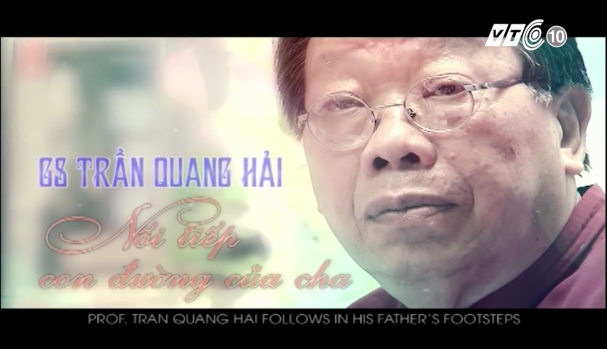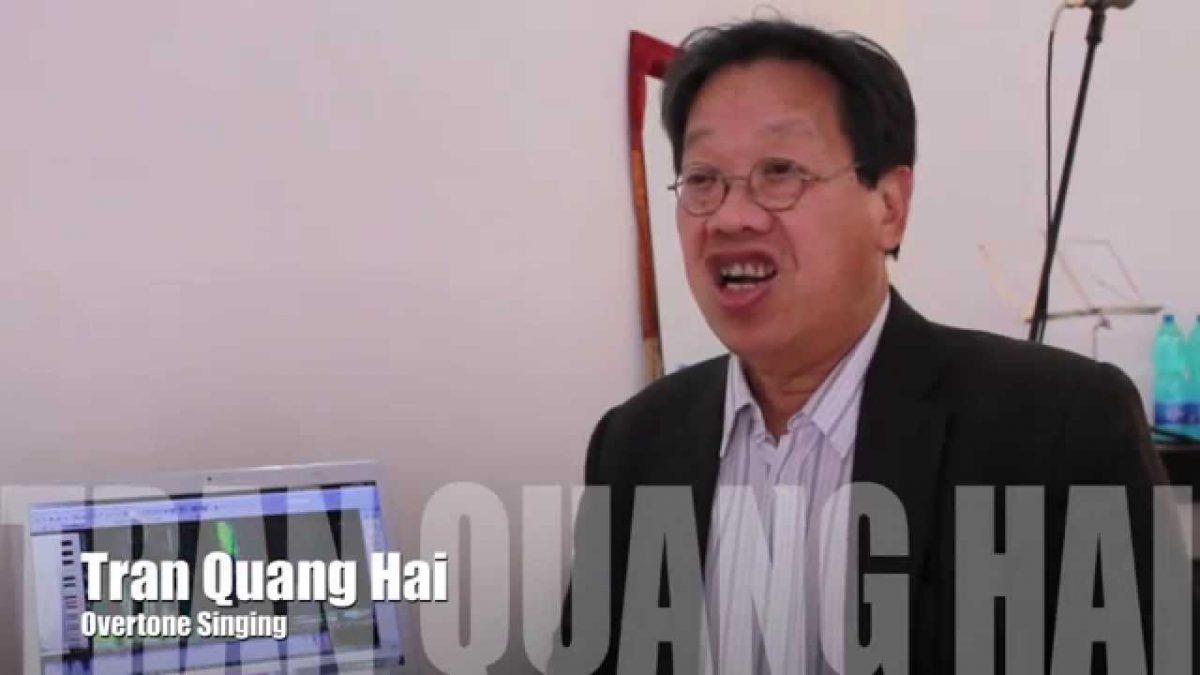SAN K01Spring 2008Supervisor: Christer LindbergBachelor ThesisDepartment of Social AnthropologyWhat is throat singing?Author: Robin Öberg
AbstractIn southern Siberia there is a culture of throat singing, a singing technique where a person cancreate two different and clearly audible tones at the same time. This throat singing phenomenon hasflowed from the Tuvan republic in Russia out into the entire world. Persons of different ethnic origins sing and teach throat singing to persons from all kinds of nations, thus all kinds of personscome in contact with the throat singing phenomenon. Questions that seem to naturally arise fromthis are: How is throat singing used by these persons, how does it play a part in their lives? Thisstudy begins with a historical background to the phenomenon of throat singing, introducing theimportant terms and concepts, then it goes into the more scientific analysis, showingphenomenologically how a heterogeneous group uses throat singing in its/their ontology, and thenconcluding it all by putting it all together, creating a model of a being of throat singing. In otherwords, this is a first step towards a complete understanding of the phenomena of throat singing, andthis first step takes the approach from the experience of the individual. With a phenomenologicalmethod of analysis, Meaning Constitution Analysis, the different aspects of throat singing isexposed by showing the meanings associated with it. There has not been any similar study as thisbefore, all the previous data using throat singing without definition is arbitrary. With the results ofthis study, even quantitative surveys can be used to further understand the phenomenon of throatsinging.Keywords: Socialantropologi, Tuva, Sibirien, Strupsång, Fenomenologi, Kognitiv Antropologi,Social Anthropology, Siberia, Throat Singing, Phenomenology, Cognitive Anthropology,Anthropology of Music, EthnomusicologyAuthor: Robin Öberg
Table of contents1 Introduction……………………………………………………………………………………………………….11.1 Short background to throat singing…………………………………………………………….11.2 Purpose of study………………………………………………………………………………………41.3 Layout……………………………………………………………………………………………………52 Theory……………………………………………………………………………………………………………….72.1 Defining the field of study………………………………………………………………………..72.2 Phenomenological Anthropology……………………………………………………………….72.3 Reductionism as a model of thought…………………………………………………………..83 Material and Method…………………………………………………………………………………………..103.1 Previous research relevant for this study……………………………………………………..103.2 Phenomenological method of analysis – MCA…………………………………………….153.3 What was it that the informants answered to……………………………………………….193.4 Who are the informants…………………………………………………………………………….194 Analysis and interpretation…………………………………………………………………………………..214.1 Example (Informant no.1)…………………………………………………………………………214.2 The rest of the informants…………………………………………………………………………264.2.1 Informant no.2……………………………………………………………………………..264.2.2 Informant no.3……………………………………………………………………………..284.2.3 Informant no.4……………………………………………………………………………..304.2.4 Informant no.5……………………………………………………………………………..324.2.5 Informant no.6……………………………………………………………………………..344.2.6 Informant no.7……………………………………………………………………………..364.2.7 Informant no.8……………………………………………………………………………..385 Result………………………………………………………………………………………………………………..406 Conclusion…………………………………………………………………………………………………………457 Bibliography………………………………………………………………………………………………………47
1 IntroductionThis study will demonstrate that the being of throat singing is, among other things; being usedaround Altai Mountains in Siberia, being used to heal the earth, being used to create music, andbeing used to learn to throat sing together with others. This will be done by looking at how a groupof persons create meaning towards throat singing by their individual way of using and thinkingabout it.1.1 Short background to throat singingThe Tuva1 region in southern Siberia have always had natural barriers, like mountains, desert andrivers, that have for a long time made the country more or less inaccessible by outside visitors.During the larger part of the twentieth century Tuva was also willingly a part of the Soviet union,which created political barriers for visitors from the other side of the iron curtain. (Humphrey1980:1-4) Towards the latter part of the twentieth century Tuva was changed into an autonomousrepublic in Russia. This came to open to the borders internationally, both for tuvinians and foreignvisitors. (Leighton 1992:214-219) In Tuva there is a strong tradition of throat singing2, a phenomenon where the listener can heartwo different controlled tones at the same time, coming from one singer. Tuva is a small country inthe Altai mountains, where throat singing has thrived, but since throat singing nomads do not stayin one place, geographical and political borders can not show where there are throat singers andwhere there are not. (Levin 2006:71) Throat singing was traditionally used in different ways in the everyday life of nomad life aroundthe Altai mountains, from throat singing to lull a baby to sleep to throat singing to call yaks on themountains. (Pegg 2001:60) Throat singing was usually sung outside because the majority of throatsingers were herders, hunters, craftsmen and tradesmen. (Tongeren 2004:56) It was also highlytaboo of women to throat sing, “Because throat-singing makes women barren!” (Levin 2006:199) Throat singing as a phenomenon has gone from being the passtime of local nomads to thecharacteristics of internationally known tuvinians, from the shamans of the steppe to persons alloverthe world through the internet. Regional competitions in throat singing have become internationallyknown. Throat singing as a phenomenon has become known by persons who do not come fromTuva, and is being taught by persons who do not come from Tuva.1Tuva is a republic in Russia, in the South of Siberia, to the borders Northwest of Mongolia. There are 300.000persons living in Tuva, half of them live in urban areas, and the average age for a person in Tuva is 25 years old.(http://demoscope.ru/weekly/2007/0301/barom04.php 2008) There are two major ethnicities in Tuva, 77-80%Tuvans and ~20% Russians. The only other calculable group is barely 1%, the Khalkhas.(http://en.wikipedia.org/wiki/Tuva 2008)2As the locus of inquiry in this study is based on the Tuvan style of throat singing, whenever the term “throatsinging” is used it refers to tuvan style throat singing. When other styles of throat singing are mentioned, it will sayso in the text, like so “Mongolian throat singing” or so “Inuit throat singing”.1 Introductionpage 1
There are different ways of categorizing different techniques and styles3 of throat singing, somesimpler then others. Which techniques exist differs between clans and villages. The most simplecategorisation is just three different techniques. These are Kargyraa, Khoomei and Sygyt. Kargyraais the technique which creates most bass-sound, as it takes the normal singing voice down oneoctave. Sygyt is the one with highest pitch, creating an almost whistle-like sound. Khoomei is themost basic technique, having a middle-range character compared to the other two techniques.Together, these three are known as Khoomei. Khoomei is not just a sub-category, but also a wordthat describes all the techniques and styles. (Tongeren 2004:18-19)A translation of the Tuvan words also gives an insight into what technique they represent: Sygytmeans “whistle”, kargyraa means “to roar like a waterfall” or “croak like a black crow”,borbangnadyr means “rolling” and “chylandyk” is an onomatopoetic word describing the soundmade by a type of bird called chylandyk. (Pegg 2001:302, Levin 2006:67,228) The Tuvan word forthroat singing, “khoomei”, is believed to have its origin in the Mongolian word for throat orpharynx, kögemei. (Pegg 1992:31, Lundberg&Ronström 2002:13)Sometimes you can think, “ah, what clear tones that singer is producing”, but this is physicallynot true. A sound produced by a voice contains all the tones in an entire octave, with thefundamental, the lowest tone, being the one with the most volume, usually. Your voice producingapparatus is everything from your abdominal muscles to your lips, and each part of your body inyour voice producing apparatus helps shape the sound you make. In normal speech and singing, onepart, like your jaw, is responsible for shaping the volume of one formant. A formant is a resonantpeak in your voice. A resonant peak is a slightly higher volume on a few bundled harmonics. Andharmonics, in this case, are the tones in your voice that you’re not usually aware of, the tones besideyour fundamental. A specific set of resonant peaks make up the cognitive characteristics for avowel, which is why humans can understand each other even though they have different voices.(Tongeren2004:11-18)3A shared definition on the difference between “styles” and “techniques” within throat singing doesn’t exist. In caseswhere there has to be definition on this, this on is used: Techniques are based on larger physical changes while stylesare personal preferences. As an example: Singing high-pitched and with a faster rythm is a style. Applying increasedconstriction in the throat to make the ventricular folds vibrate is a technique.1 Introductionpage 2Illustration 1: An example of how a tuvan (EmiC) taxonomyof throatsinging can look like,using tuvan words to describe tuvan techniques.Made by the author.KhoomeiBorbangnadyrSygytChylandykKargyraaKhoomei
In throat singing and overtone singing, you combine formants to increase the volume of certainharmonics, to make the overtones more audible. A metaphor that works here is that high4 formantsequals audible overtones. (Lundberg&Ronström 2002:15) But throat singing is primarily asubjective experience, for both the listener and the singer. If you can not distinguish two differenttones coming from one singer, then it is just ordinary singing. This is so even in Tuva, where theylike to focus on the timbre of the voice. (Levin 2006:47-48) Timbre, or colour, being the relationbetween the harmonics.In throat singing, but not in overtone singing, you constrict the airflow trough your throat.(Tongeren 2004:23) This is the basis for tuvan style throat singing, khoomei. If you apply tremoloto your tongue root while singing khoomei, you get the technique borbangnadyr instead ofkhoomei. If you put your tongue tip to the roof of your mouth when singing khoomei, you get thebasic technique sygyt. Sygyt is hard to do, it requires alot of throat constriction and air pressure.(Lundberg&Ronström 2002:15)Illustration 2: Tree arrangement of throat singing, made by the author,using early cognitive anthropology as reference. (Tyler 2004:402)Plus (+) indicates presence of feature,minus (-) indicates absence of feature.VVF is short for Vocal-Ventricular Folds.Kargyraa uses a special kind of vibration of the vocal-ventricular folds, they vibrate half the speedof the normal vocal folds, making the voice drop an entire octave. The vocal-ventricular folds(VVF), sometimes also referred to as false vocal folds, are located above the normal vocal folds. Inall kinds of tuvan throat singing, the VVFs are involved in one way or another, but in kargyraa theymake the voice sound really low. (Sakakibara et al. 2002, Fuks et al. 1998:57-58) This is also how4“High” here meaning both pitch as well as volume.1 Introductionpage 3More then one tone audibleNormal singingThroat constrictionWesternOvertone singing-+VVF’s vibratinghalf the speed of vocal folds+–Sygyt+-+KargyraaChylandyk-+Lip tremoloKhoomeiBorbangnadyrTip of tonguetouching palate-+ByrlangTonguetremolo-+Fast VVF vibrations & Tip of tonguetouching palate



